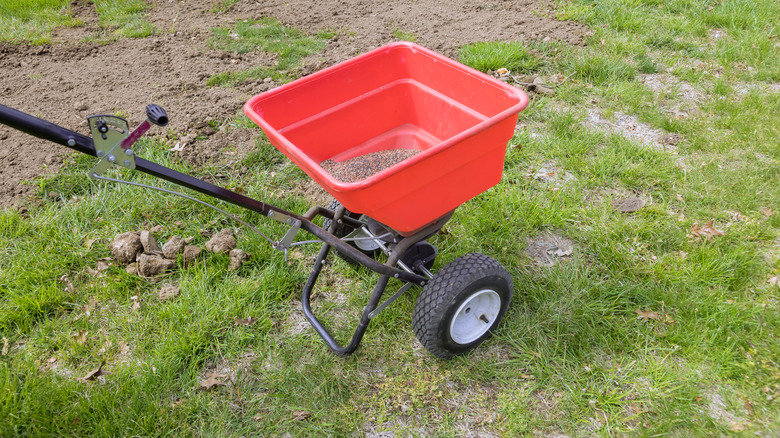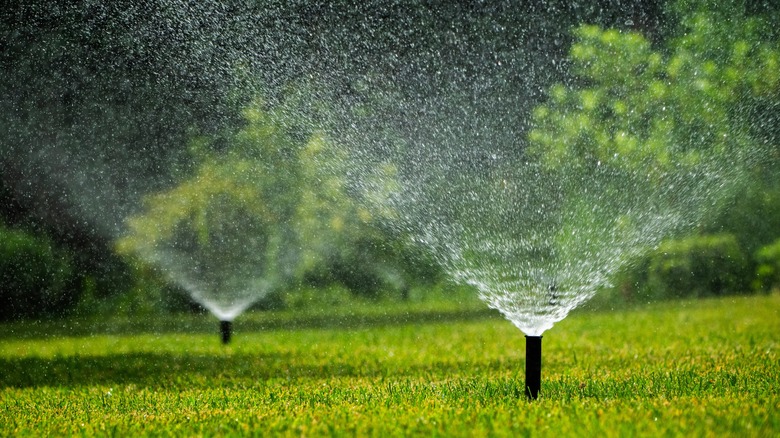Downsides That May Make You Reconsider Planting Grass Seed In The Spring
As weather warms and you begin spending more time outside, you may find yourself paying more attention to your lawn. Those bare patches and thin spots that weren't so important during colder months, may become a lot more annoying when you want to have an immaculate yard to show off at picnics and barbecues. While you can certainly try planting grass seed in spring to help fill in your lawn, it comes with enough downsides that you may decide to just wait until autumn to start your lawn beautification project. Some of the primary problems with spring grass seed planting include the fact that your lawn will be largely unusable while you wait for the grass to grow in, the almost constant watering that will be required during summer months, and the increased competition from weeds that your spring sown seedlings will face.
Autumn is generally considered the best time to sow grass seeds, with November often pointed to as the ideal month. The seeds remain dormant all winter but then germinate as soon as temperatures begin to warm. This can give you a lawn that matures quickly once spring arrives.
If one of your biggest motivations for sowing grass seed is to make your lawn look better for picnics and other outdoor get togethers, there's some bad news: Freshly sown grass seed shouldn't be walked on for at least a month. This could put a significant damper on your outdoor hosting opportunities as you'll need to keep foot traffic on the lawn to a minimum if you want to be successful in growing grass from seed.
Planting grass in spring requires additional effort
One of the biggest things you need to be aware of if you're planting grass seed in the spring is the amount of water you'll likely need to use to keep your seedlings irrigated. If you sow your grass seeds in very early spring when rainy weather is expected, this may not be a major issue right away. But as rain becomes less frequent in late spring, then you may find yourself watering your grass seedlings multiple times a day. Because their root system won't be well established yet, the seedlings will also require additional water through the summer. For gardeners living in drought prone areas with water restrictions this may not be a viable option. The last thing you want is to put a lot of time and energy into starting your grass seed only to watch it wither and die due to drought.
Of course watering isn't the only challenge you'll face with spring sown grass seed. You'll also need to do significantly more weeding to prevent it from being outcompeted by fast growing weeds and crabgrass. Many people opt to use a pre-emergent herbicide to prevent crabgrass from taking over. But even with a variety of tips and tricks for killing crabgrass in your lawn, you may still find this quite a bit of work.

